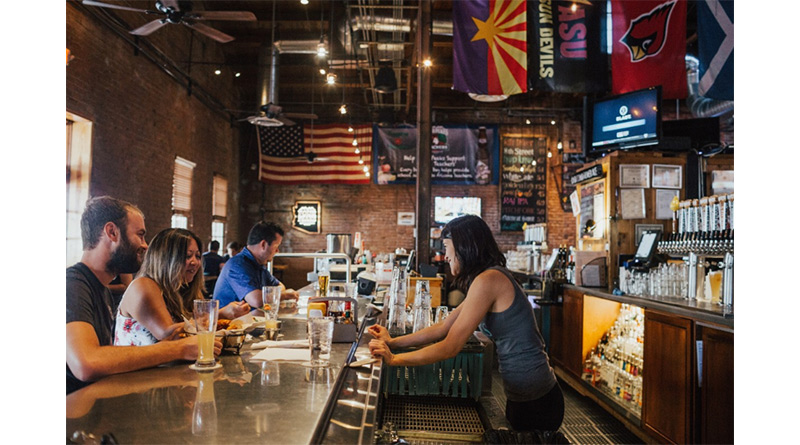Is Consumer Behaviour In China An Indicator For UK On-Trade Recovery?

CGA has undertaken research from the epicentre of the COVID-19 crisis, speaking to 2,000 consumers from China’s most developed bar and restaurant markets, alongside Wuhan itself, to understand how consumers have reacted to the opening of eating and drinking out establishments. It paints a picture of polarised consumer attitudes.
Findings from the research, undertaken in Beijing, Shanghai, Chengdu and Wuhan between May 7 & 11, show that since re-opening there is an almost exactly 50/50 split between those who have been out and those that haven’t. But, of the 48% of consumers that have been back out to eat and drink, the majority have done so multiple times.
“This even split in a market in which eating and drinking out was a previously fundamental part of daily life, highlights the apprehensive nature of consumers to go out again, as well as the precautions required to persuade consumers back into the out of home market,” said Phil Tate, CGA’s Global CEO.
As with other markets, consumers are more confident about visiting eating out establishments. The venues that consumers feel most comfortable in visiting being mainstream and fine dining restaurants, followed by cafes and fast food outlets. At the other end of the scale nightclubs and leisure venues rank as the outlets that consumers feel least confident about visiting.
The research also highlights a significant group of consumers for whom eating and drinking out continues to represent a risk and who do not plan to revisit the sector in any rush. Two-thirds of those yet to go out are also not planning to in the next month, with the risks of secondary and tertiary waves front of mind.
In all, 60% of consumers said that some, or all, of the venues that they would typically visit had re-opened post-lockdown, only to have to close again.
The research delivers insight into how outlets and suppliers may need to shift strategy to adapt to new circumstances, including changes in drinking habits, the choice of where to visit and the impact on disposable income.
It also delves into broader trends which may impact the longer-term fortunes of eating and drinking out, including the acceleration of health considerations, the impact of financial hardship on premiumisation and the renewed desire to ‘support local’.
“With so many variables and unknown factors in markets yet to fully re-open, navigating a path to recovery and building a strategy is an undoubted challenge. However, understanding a consumer perspective from an advanced market provides a glimpse into the future and allows for insight into how target consumers will react and, therefore how strategies can be tweaked for success,” added Tate.
